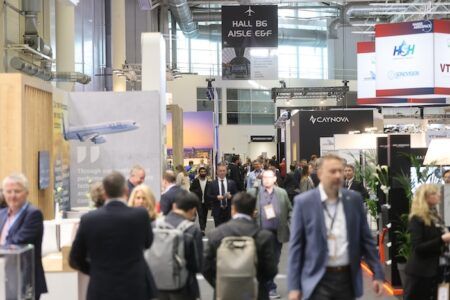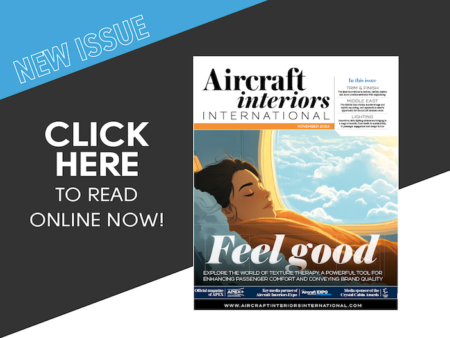Airlines are currently working on improving the passenger experience for many sectors of aircraft seating, but for Ayşegül Durak, chief engineer for cabin interiors at Turkish Airlines, it is the long-haul economy passenger experience that needs the most attention.
For more than 20 years, Durak has configured all types of Airbus and Boeing aircraft cabin interiors, served as team leader of purchasing projects for more than 200 aircraft, has retrofitted a variety of aircraft cabins, and has created solutions for in-service cabin components issues.
“During the last two decades that I have been in the aircraft cabin business, I have witnessed that the seat comfort difference between business and economy has been increasing, every single year, to the detriment of the economy seat,” she states. “While business class seat pitch doubled, economy seat pitch has decreased by almost four inches, with the defense that slim seats create more space.”
Durak suggests that cabin features often credited with balancing the strain of a tight economy cabin layout do not make up for a deterioration in physical comforts. “Whatever we serve: the best IFE, the most delicious food; people need to sleep and they need to change their position,” she says. “It is our job as professionals to provide economy passengers with the most humane comfort.”
Durak acknowledges “all the difficulties like certification issues, weight increase issues, cost issues, product complexity, additional maintenance and operational problems, etc,” but suggests that those design considerations should be addressed in the context of another pressing priority: the needs of a majority of airline customers.
“We cannot ignore economy passenger comfort even though, for a full service airline, the main profit comes from the business passengers,” she says.
“When we look at the seat brochures, we see the advertisements promising ‘weight reduction without compromising comfort,'” notes Durak. However, the focus of these seat designs, she says, is to decrease costs while maintaining current comfort levels, but this assumes that levels of comfort are already optimized in economy, which, she argues, they are not.
“We are always talking about weight savings. While we are making them we are not giving anything back to the customer. We must compensate with other gains,” she adds. “Passengers do not care about the weight of the seat, or the operators’ maintenance difficulties. They only ask for comfort, especially for long-range economy seats.”
Seat weight reduction, Durak suggests, should allow room to design-in features that could enhance comfort and resolve common passenger complaints.
Durak challenges the industry to increase passenger comfort, without decreasing economy passenger capacity, defining comfort in the context of an affordable economy cabin which can be certified and produced.
Seat comfort features
Durak is reconsidering various features of economy long-haul aircraft seating, and of the economy cabin LOPA (Layout of Passenger Accommodations), to achieve these goals of comfort and efficiency.
For example, she thinks headrests are uncomfortable because they lack sufficient support for the head while the passenger is sleeping. “We need to find a more efficient method,” she says. For inspiration, Durak looked to an item passengers buy and bring onboard – the neck pillow – and has created a design for a ‘U-Neck Headrest’, which incorporates a neck-pillow cushion.
Above: Side profile of the ‘U-Neck Headrest’ concept
Below: The headrest in use
Durak also proposes improvements to lumbar support which, she says, is currently placed too deep within the seatback for passengers to feel. When airlines provide pillows, or passengers bring their own, this reduces the seat pitch gains of slim seating, she says. Durak proposes an inflatable e-lumbar (external lumbar) support, which would combine cushioning with an inflatable cell that can extend to shape itself to the lower back of the passenger.
“The e-lumbar support should be in a cavity and should be almost flush with the backrest when not inflated — with minimal dimensions,” she states. Durak also suggests, “Seeing is believing” for this feature. The dressing of the lumbar support should be noticed by passengers.
Above: The lumbar support is respositioned to give a true comfort benefit
Lastly, Durak proposes that the industry should seek solutions to address inadequate leg comfort, saying that current leg rest designs do not provide adequate relief on flights over five hours. One concern on long flights is getting the blood flowing in the legs. Passengers should be able to move around the cabin to get their blood flowing and stretch their muscles, but for operational and security reasons this is discouraged.
She thinks that consumer products, like a step device that allows exercise while seated, could serve as inspiration. “The pedals, or similar devices having same function, could be embedded into a platform that is installed onto the seat tracks,” she says. “You could exercise on ‘seat pedals’ by sliding the upper part of the platform towards your seat.” This, she says, requires further study. “There might be some easier ways to help the blood circulation, other than providing space on the aircraft.”
“The key is that the expectation from the seat is changing,” Durak concludes. “The seat must have ability to change its position, which generates the need for flexible seating.”
Above: Pedals fixed to the seat tracks could help prevent medical ailments associated with long-haul travel in economy class
The cabin
In Durak’s view, improving passenger comfort in the long-haul economy experience requires innovations beyond seating, by reconsidering the layout of the cabin space.
“For a long time, I haven’t been excited about any improvements in the cabin,” she says. “Everything in the cabin is inter-related. Any single change has a domino effect and causes a need for changes in other areas. We cannot separate the seat from this neighborhood.”
She suggests that improvements should involve innovation in all cabin interior elements, like galleys, toilets, galley inserts and lavatories. “All of us in the aviation business should come together and re-design three-quarters of the aircraft,” she states.
Because a typical cargo load does not fill the whole of the lower deck cavity, Durak suggests that galleys, and perhaps lavatories, could be moved to a lower deck. “If we don’t use galley inserts on the whole flight then why are they located in the seat space, for just two or three hours of use?” she asks.
She also questions whether trolleys for service are necessary or whether there is a different way to distribute food. “A new catering concept is needed, Durak suggests, “with less equipment, and offering galleys located underbelly as a line-fit option for all wide-body aircraft.” Moving lavatories downstairs, Durak says, is allowed by EASA.
Relocating these cabin elements could allow airlines to install more seats, with no detrimental effects to passengers, helping to off-set the investment in improved economy passenger seating.
“We need to investigate how much flexibility is allowed by regulators,” she states.
While these are brainstorming ideas, some of which, Durak says, “Might be too complex, not feasible or difficult to operate,” she suggests that solutions require urgent investigation. “It’s the right time to start because it will take a long time. It’s very difficult, and all the processes need to change. For 30 or 40 years we’ve used the same catering concept, the same seating concept. We need to change something and I think now is the right time to start.”
Durak feels that airlines must take a leadership role to push for such innovation and improve comfort in long-haul economy.
“It’s our job, I think, to make sure we present the right comfort–cost mix to our passengers,” she concludes. “Since we, the operators, have direct contact with passengers, it is mainly our responsibility. We must guide the seat manufacturers to produce something that our customers will like.”
Marisa Garcia was talking to Ayşegül Durak At the Innovative Aircraft Seating Conference in Hamburg,




